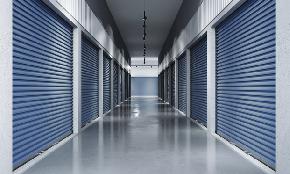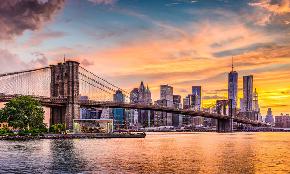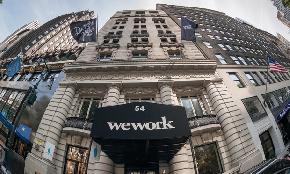NEW YORK CITY-As if struggling retailers, financially terrified consumers and a frozen credit market weren’t trouble enough, shopping centers must also contend with boring their shoppers, according to a new survey on the mall shopper experience conducted by the Verde Group and the Wharton School.
Malls today lack “discovery,” instead boasting a sameness that is driving shoppers away, says the consumer study discussed at the National Retail Federation’s 99th Annual Conference, which concluded yesterday here at the Javits Center.
“Discovery is the key,” said Paula Courtney, CEO of the Verde Group, based in Toronto and Atlanta. “The range and uniqueness of stores and restaurants are the key to keeping that shopper, and keeping them coming back.”
Verde conducted 917 telephone interviews with randomly selected US consumers, approximately two-thirds of them female, from Oct. 29 to Nov. 9. The good news is that shoppers are inherently loyal: The average shopper drove nearly 25 miles to their chosen mall, visiting five stores per trip. One of three will spend over two hours at the mall, visiting eight stores. Nine of 10 shoppers will make a purchase, spending an average of $155.
“Problems have a bottom-line impact on loyalty to a store,” said Courtney. “Problems matter.”
The problems reported largely center around boredom, with shoppers complaining about a limited number of restaurants (cited by 36%); lack of new or unique merchandise (33%); too many stores offering the same goods (28%); and a limited range of stores. The last three were reported as helping to drive shoppers elsewhere, the survey said.
“If you’re driving 25 miles and spending two hours [at a mall], food matters,” Courtney said. “And if it’s the first time visiting the mall, you’re more likely to complain.”
The four attributes of mall satisfaction and loyalty: discovery (a diverse offering of stores and restaurants, as well as unique merchandise); comfort (cleanliness and safety both of the mall and its restrooms); navigation (ease of finding the mall from the road and good internal signage); and accessibility (sufficient parking). Of the four, discovery was clearly the most important, cited by 49% of respondents, followed by comfort and navigation (each at 21%), and accessibility (9%).
“For so long, developers said ‘If we build it, they will come,” that these factors don’t matter,” Courtney said. “That’s wrong.”
It’s not as though developers don’t want to have a unique blend of retailers, with some malls adding open-air lifestyle components to accommodate more restaurants and unique retailers, the panel noted.
“The tenant mix and the range of products in the stores is of critical importance to every developer,” said Joseph S. Vassalluzzo, chairman of Federal Realty Investment Trust, Bethesda, Md. “But that has to be balanced with economic requirements.”
Macy’s has increased the amount of its private label and exclusive branded merchandise precisely to create unique assortments, said Carl Goertemoeller, operating vice president, real estate of Macy’s, Cincinnati.
But developers can only control so much.
“All of this needs to be balanced with the realities of the marketplace,” Goertemoeller said. “It’s apparent that shoppers are driving by one or two malls to get to another. Find out who your customer is and use that to drive leasing strategy.”
But that is not the industry’s only problem, the survey said. More shoppers also report experiencing problems (such as difficulty navigating the center or finding restrooms) with the mall compared with individual stores. Mall shoppers encounter 50% more problems in a mall environment compared to an individual retail store (3.3 vs. 2.2, respectively), with nearly one-third talking about their negative experience to five people, on average.
Interestingly, the results for malls and open-air centers were nearly identical, though problems differed slightly. Open-air shoppers were more likely to site difficulties in finding restrooms as a problem than their mall-oriented peers.
“Restrooms are the bane of a retailer’s existence,” Vassalluzzo said. “I applaud retailers [such as Publix] who put restrooms in the front.”
While Vassalluzzo (whose company owns no enclosed malls) noted that the survey reinforced the power of the brand of a strong center, Courtney said the industry still has much to learn.
“If malls don’t do anything to reinvent themselves, they’re going to be in trouble,” Courtney said. “Time is a very important, sacred currency. Malls have to stop thinking of themselves as houses for merchants. They must think of themselves as entertainment.”





 Copyright © 2024 ALM Global, LLC. All Rights Reserved.
Copyright © 2024 ALM Global, LLC. All Rights Reserved.











